Trees add beauty, shade, and value to your property, making them an essential part of a well-designed landscape. However, without proper care, trees can become a safety hazard. Overgrown branches, disease, storm damage, or root issues can threaten your home, driveway, and even your family’s well-being.
Understanding when and how to remove or maintain trees ensures both safety and longevity for your landscape. Whether you’re dealing with an aging tree near your home or simply want to keep your yard in peak condition, taking the right approach to tree care can make all the difference.
In this guide, we’ll explore when tree removal is necessary, the safest removal methods, and how proper maintenance can help prevent hazards before they arise.
When Should You Remove a Tree?
Not all trees need to be removed, but certain conditions make removal the safest and most practical option. If a tree shows signs of severe disease, structural instability, or damage, delaying removal can increase the risk of property damage or injury.
1. Visible Decay or Disease
If you notice large sections of dead branches, peeling bark, or fungus growth on a tree, it may be suffering from disease or internal decay. Some common signs include:
- Hollow or brittle trunk
- Extensive deadwood throughout the canopy
- Fungal growth at the base of the tree
- Sudden thinning or loss of leaves outside of seasonal changes
Diseased trees weaken over time, making them more likely to fall during storms or high winds. In many cases, early intervention can save the tree, but advanced decay often requires removal.
2. Structural Instability or Leaning
A tree that leans noticeably to one side—especially if the lean has worsened over time—may have a compromised root system. Trees that tilt due to weakened roots or storm damage pose a serious risk of falling.
Look for:
- Exposed or upturned roots
- Soil displacement around the base
- Cracks in the trunk near the ground
- Noticeable shifts in the tree’s angle
3. Proximity to Structures
Trees growing too close to your home, driveway, or power lines can cause damage over time. Their roots can crack foundations, lift sidewalks, or interfere with underground plumbing.
If a tree is too close to your home, consider professional trimming or removal before it becomes a major issue.
4. Storm or Weather Damage
High winds, heavy rains, and ice storms can weaken even the healthiest trees. After severe weather, inspect your trees for:
- Broken or hanging branches
- Split trunks or major limb loss
- Exposed, damaged roots
If more than 50% of a tree’s canopy is lost or its trunk has sustained significant cracks, removal may be necessary.
5. Pest Infestation
Certain pests, such as termites, wood-boring beetles, and carpenter ants, can compromise a tree’s health. Signs of an infestation include:
- Small exit holes in the bark
- Sawdust-like material (frass) at the base
- Sudden branch die-off
If pests have extensively damaged the tree’s internal structure, removal is often the safest choice.
Safe and Efficient Tree Removal: What to Expect
Tree removal is a complex process that requires careful planning and professional execution. Attempting to cut down a tree on your own can be extremely dangerous, especially if the tree is large or located near structures.
1. Professional Tree Assessment
A tree care expert will evaluate the tree’s health, location, and surrounding landscape to determine the best removal strategy. They will also check for potential hazards, such as power lines, underground utilities, or weak branches.
2. Safety Precautions
Professional tree removal teams use ropes, harnesses, cranes, and protective gear to ensure the process is controlled and safe. Before removing a tree, they will clear the area to prevent damage to nearby structures and landscaping.
3. Sectional Tree Removal
Instead of cutting the tree down in one piece, professionals often remove it section by section. This prevents falling limbs from causing damage and allows for greater control.
4. Stump Removal Options
Once the tree is removed, you’ll need to decide whether to:
- Grind the stump – This removes the visible part of the stump and prevents regrowth.
- Leave the stump – If the stump isn’t a tripping hazard or an eyesore, you may choose to leave it.
- Completely remove the stump and roots – This is necessary if the roots are causing foundation damage or affecting nearby landscaping.
Choosing professional tree removal services ensures the process is handled safely while protecting your property.
Essential Tree Maintenance for a Healthy Landscape
Regular tree maintenance not only enhances curb appeal but also prevents safety hazards. Proper care can extend the life of your trees and reduce the likelihood of needing removal in the future.
1. Pruning and Trimming
Routine pruning promotes tree health and prevents weak, overgrown branches from breaking during storms. Proper trimming:
- Reduces the risk of falling limbs that could damage your home or vehicles
- Improves air circulation and sunlight exposure to prevent disease
- Maintains the tree’s shape and structure for long-term stability
For large trees, hiring a professional arborist is the safest and most effective way to keep them properly trimmed.
2. Regular Health Inspections
Conduct seasonal inspections of your trees to identify early signs of disease or structural issues. Look for:
- Wilting, discolored, or spotted leaves
- Bark peeling, cracking, or splitting
- Fungal growth at the base
- Visible insect activity
Spotting issues early allows for intervention before removal becomes necessary.
3. Mulching for Protection
Applying a layer of mulch around the base of your trees helps with moisture retention, soil temperature regulation, and weed control. However, avoid piling mulch directly against the trunk, as this can lead to rot and pest infestations.
4. Proper Watering and Soil Care
Newly planted trees require consistent watering until their root systems are well established. Mature trees need deep, occasional watering, especially during dry months.
Additionally, fertilizing the soil with tree-specific nutrients can support healthy growth and resilience against disease.
5. Managing Tree Roots
If you notice cracks in your driveway, uneven sidewalks, or foundation issues, invasive tree roots may be the cause. Installing root barriers or aerating the soil can help manage growth without harming the tree.
The Value of Professional Tree Care
While homeowners can handle minor maintenance, some tasks require professional expertise. Trimming large trees, diagnosing diseases, and safely removing hazardous trees all require specialized equipment and knowledge.
By working with experienced tree care professionals, you benefit from:
- Safe and efficient tree removal that minimizes risk
- Expert pruning techniques that enhance tree health
- Proper disease and pest management to preserve your landscape
Investing in professional care not only protects your property but also ensures the longevity and beauty of your outdoor space.
Protect Your Home with Expert Tree Care
Your trees are an integral part of your outdoor space, but neglecting proper maintenance can lead to costly and dangerous consequences. Whether you need routine pruning, emergency tree removal, or expert guidance on keeping your trees healthy, choosing the right professionals ensures your property remains safe, functional, and beautiful.
At Outdoor Makeover, we specialize in comprehensive tree care and landscape solutions tailored to your needs. If you’re concerned about a tree on your property or want to create a long-term maintenance plan, our team is here to help.
Contact us today to schedule an assessment and ensure your trees remain a valuable asset to your home.

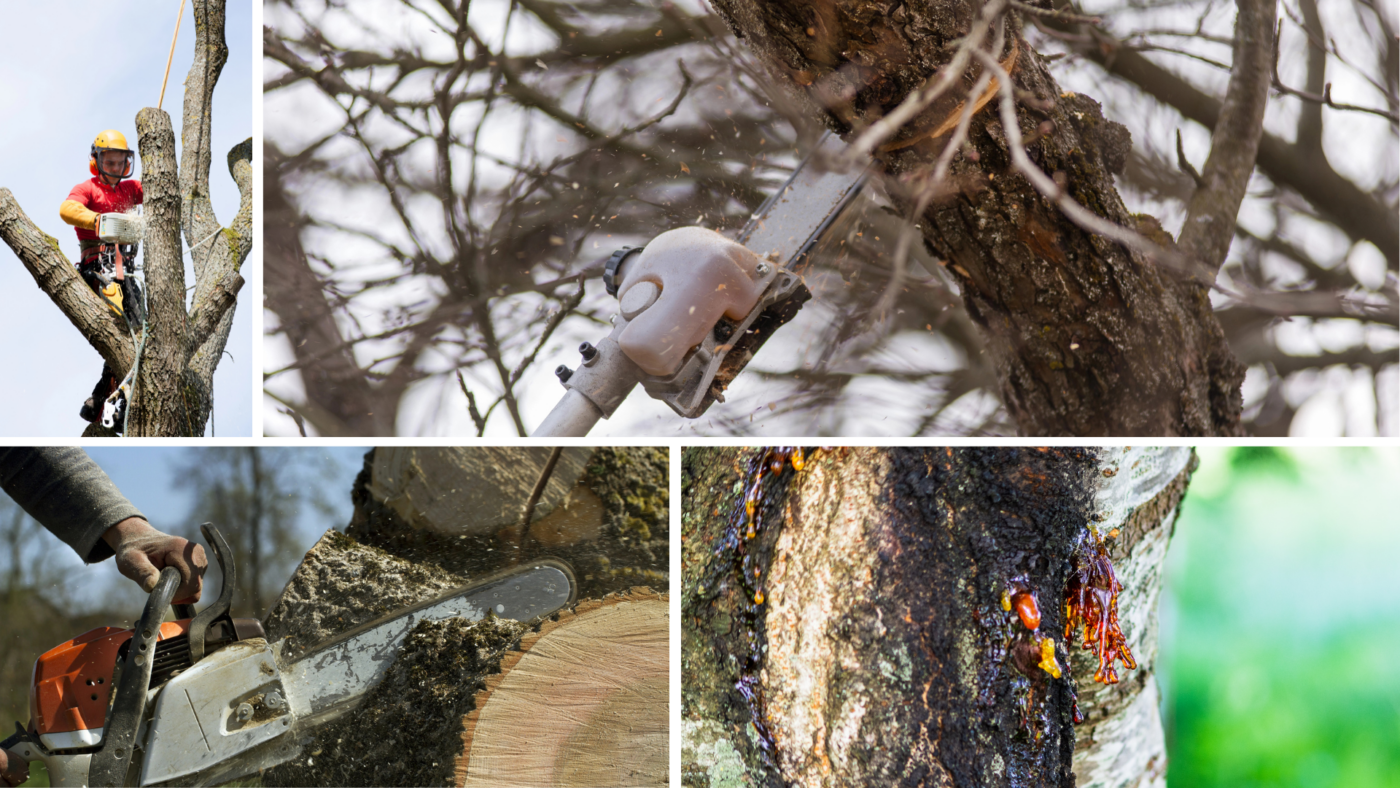
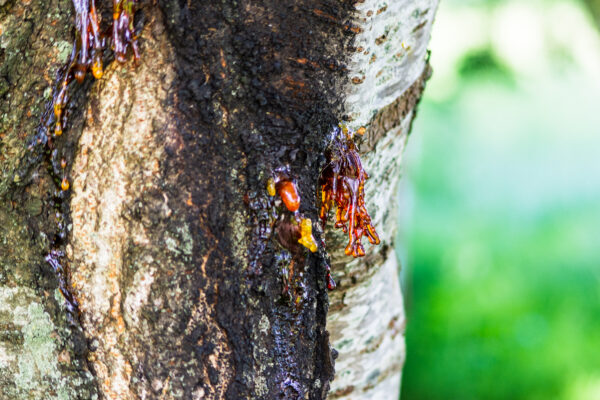
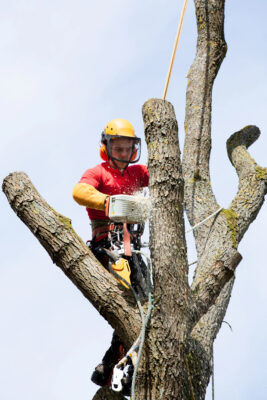
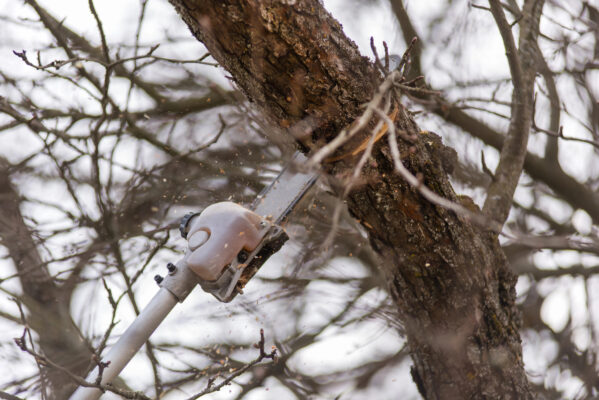
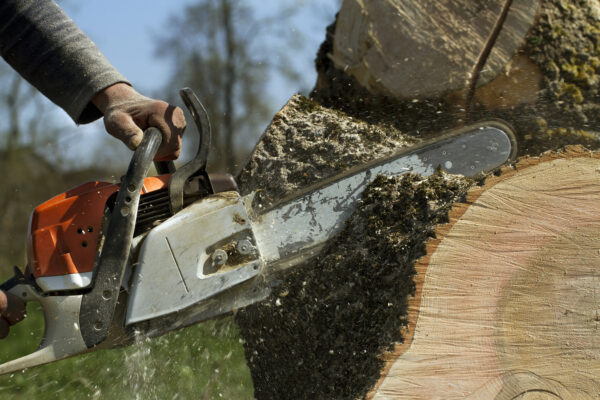
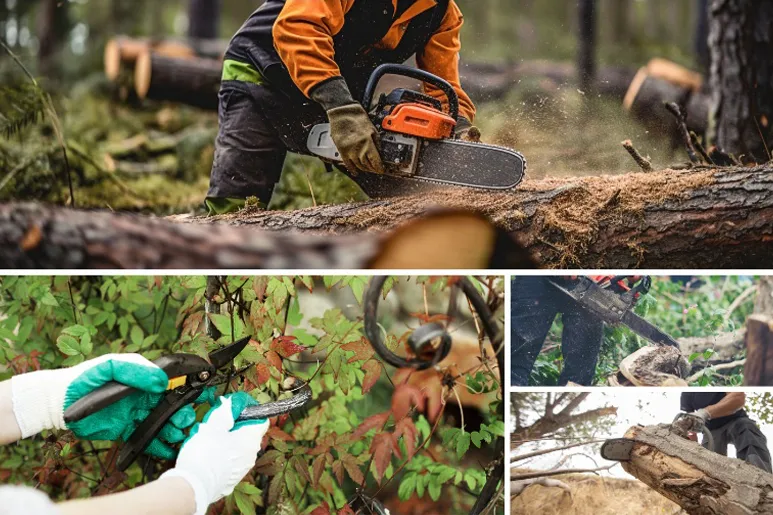 A Brief Guide to Tree Removal: Everything You Need to Know
A Brief Guide to Tree Removal: Everything You Need to Know The Ultimate Outdoor Spring Cleaning Guide for Your Yard & Patio
The Ultimate Outdoor Spring Cleaning Guide for Your Yard & Patio Fall Garden Prep: What to Plant Now for a Gorgeous Autumn Landscape
Fall Garden Prep: What to Plant Now for a Gorgeous Autumn Landscape
LET'S BE SOCIAL: